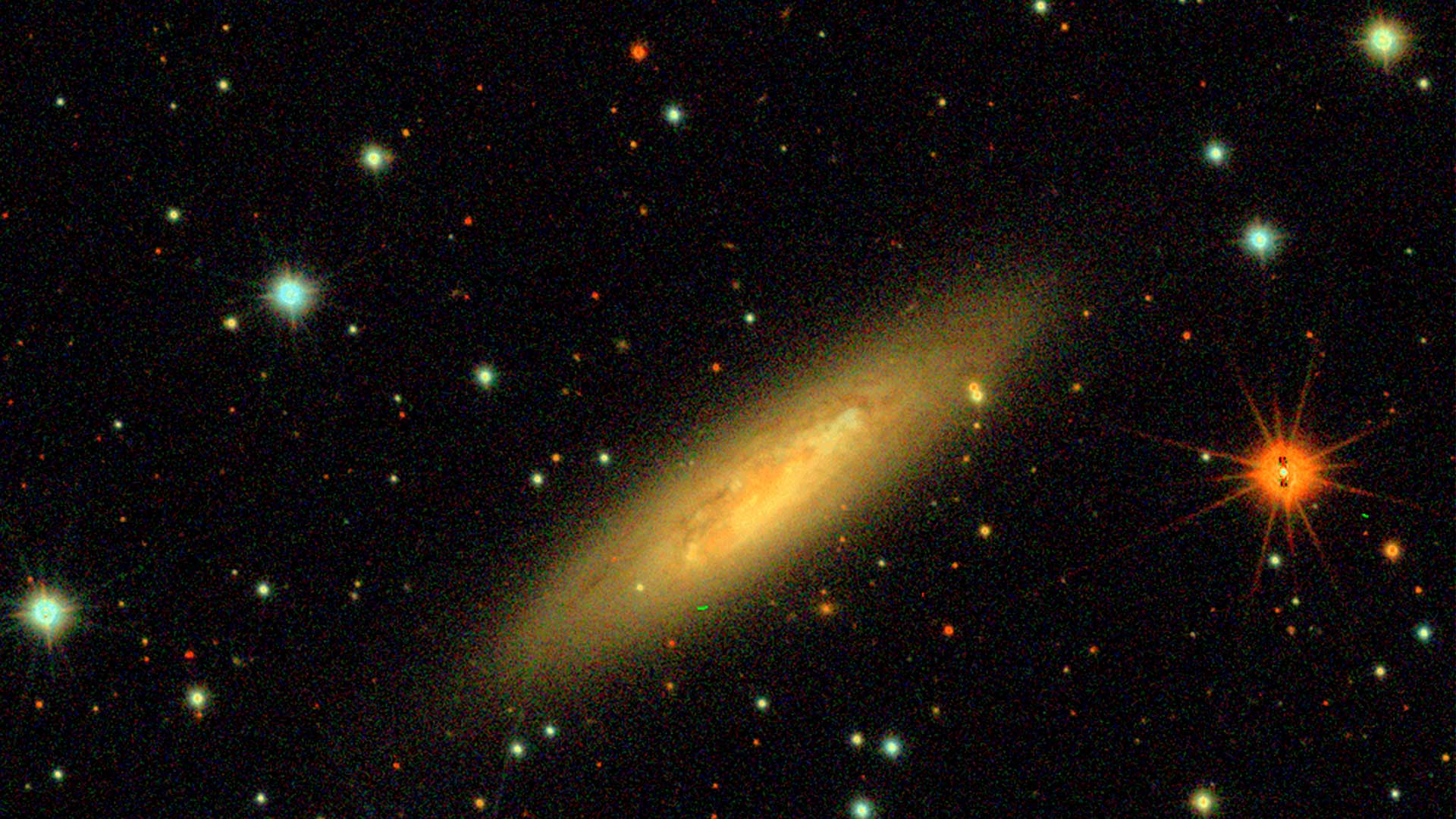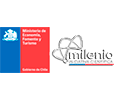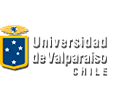
The large volume of data that astronomical observation generates today is a challenge for scientists to search for new ways to process large volumes of images obtained per night. This situation will only increase when telescopes such as the Vera Rubin or ELT start to operate in the following years.
This is how creating interdisciplinary teams to face these problems from different areas becomes crucial. That is the case of ALeRCE,a joint project by the Millennium Institute of Astrophysics MAS, the Center for Mathematical Modeling of Universidad de Chile, and the Data Observatory. Esteban Reyes,MSc in Engineering and MAS researcher, is part of the broker team. broker He developed a tool to automatically identify different astronomical objects in large databases that detect artifacts earlier without including them in the tool training. Even though they seem to be Universe objects, they don’t.
“An important percent of the images that telescopes generate don’t classify as astronomical objects, but they show up due to artifacts that appear to be variations of the sky’s brightness. Typically, experts are in charge of generating data basis manually on these artifacts for later analysis, but the abnormality detector we developed detects them automatically. It can create data basis or filter them in early stages of processing, cutting back the amount of “useless” images processed, to train models for identifying a wide variety of astronomical objects later, apart from the artifacts,” Esteban states.
In addition, he says, with the databases that this tool can create, a model that can register a vast number of astronomical objects arises. Esteban Reyes, who also works in the data team of Fintual company, says that the tool is used mainly to detect potential undiscovered supernovae; together, these tools can be applied to any telescope database generating alerts with astronomical images.

“The final model consists of a convolutional neural network that takes images from a telescope, produced by a change of brightness in the sky on a reference image of the same area where the variation is detected. This tool allows the classification of five possible astronomical objects: supernova, asteroid, Active Galactic Nuclei, variable star or bogus (artifact or trash.)However, we use the tool to detect new supernovae mainly. The ALeRCE team created on their web an entry that the model uses to present the top 100 supernova candidates from the previous night, which astronomers use to identify new possible supernovae discovered, vote for them and report them to be verified by the Transient Name Server (TNS.) TNS confirms them pointing a more specific telescope to the object.
It is definitely a very useful tool to develop the new astronomy, which joins the series of instruments that broker the national broker is creating for the scientific community.
Main Caption: Lines in this image belong to the Starlink satellites and the pollution they generate in astronomical images. With this new tool, artifacts like satellites could be identified.
Credits: CTIO/NOIRLab/NSF/AURA/DECam DELVE Survey.












